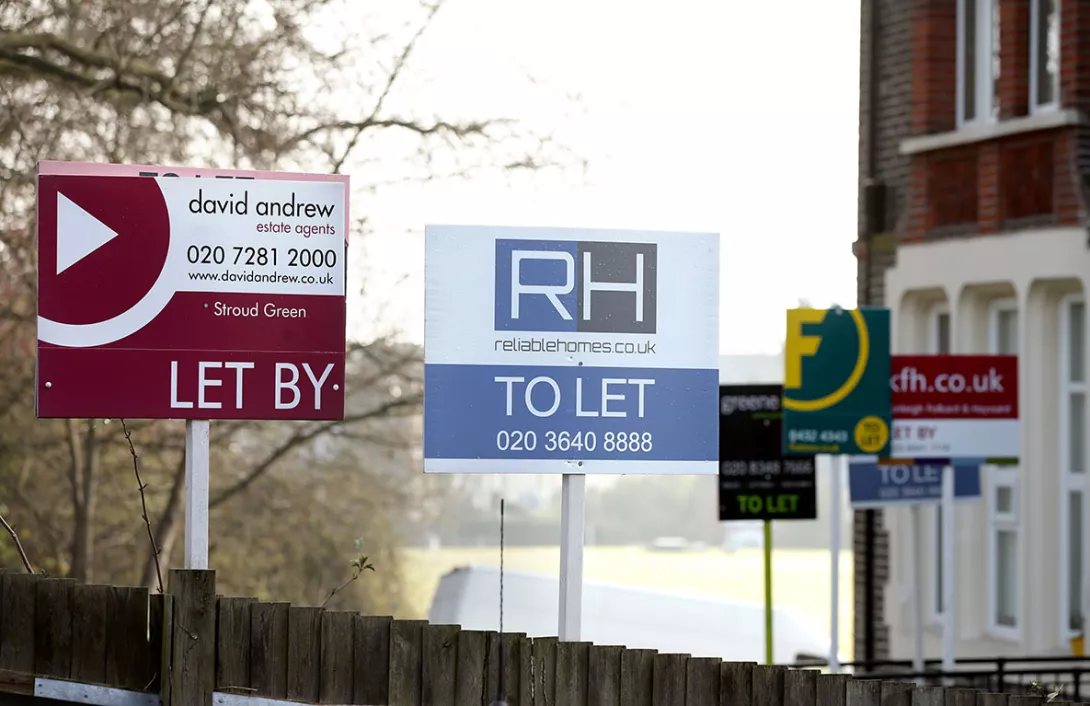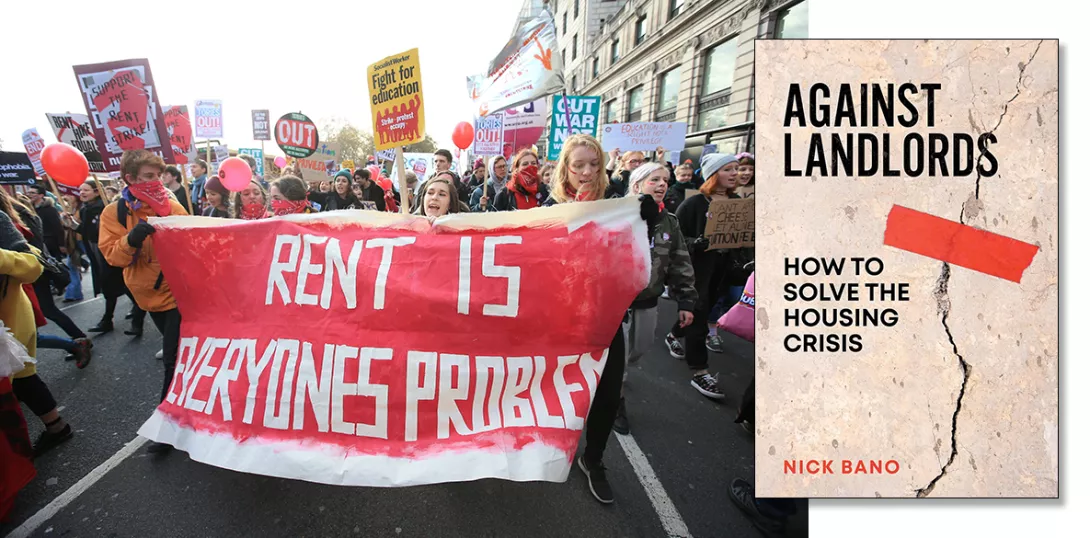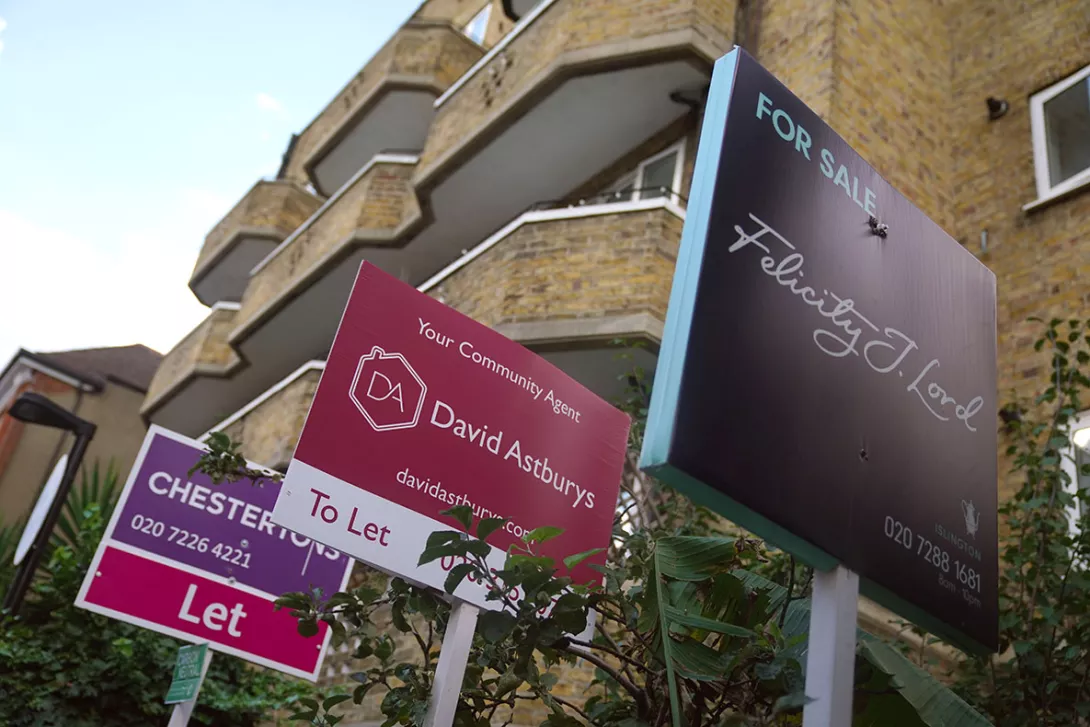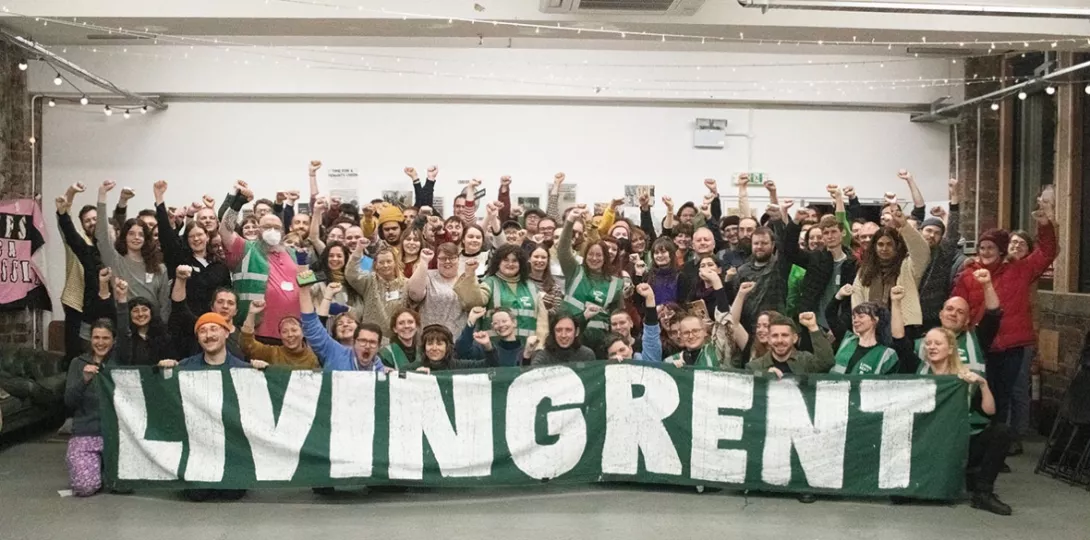
ON WEDNESDAY last week, as the media fixated on the Covid inquiry, the Scottish government quietly announced their plans for what will happen to tenants after the rent cap.
As of April 1, tenants will no longer have a 3 per cent rent cap. Instead, the Scottish government has suggested incredibly modest adaptations to the rent adjudication service, a system by which tenants can challenge their rent increases.
However, just as before, this system leans heavily on market rents as a fair metric despite Minister for Tenants Rights Patrick Harvie insisting in January last year that going from the rent cap to “open market considerations” would create a “damaging cliff edge” for tenants.
This, to put it simply, enshrines in the solution the very problem it seeks to fix and will ensure sharp increases push tenants to the edge. As one tenant responded: “This is the signal for me that I’ll have to leave the city I love.”
The unregulated, cut-throat open market is a ludicrous tool to use to measure what is affordable for tenants. In the workplace, the “free” open market led to child labour, no weekends, dangerous working conditions, and no minimum wage. We now all know that we need regulation to protect workers — yet in housing, there is no such recognition.
The open market has seen rent in Scotland increase by 61 per cent over the last 13 years. In the cities of Edinburgh and Glasgow, the crisis is far more acute, with rent increasing 82 per cent and 91 per cent respectively, nearly double inflation (47 per cent). Even with the rent cap, over the last year new market rent in Scotland increased by 14 per cent, rising to 22 per cent in greater Glasgow.
These increases are not happening in a vacuum. Our wages have stagnated or fallen in real terms and all our other costs have risen. As a result, tenants throughout Scotland are being forced to choose between eating and being able to make rent, or else face being forced from the places they call home.
Make no mistake, the Scottish government’s shift back to “the market” as a tool to control rents has not come out of the blue.













